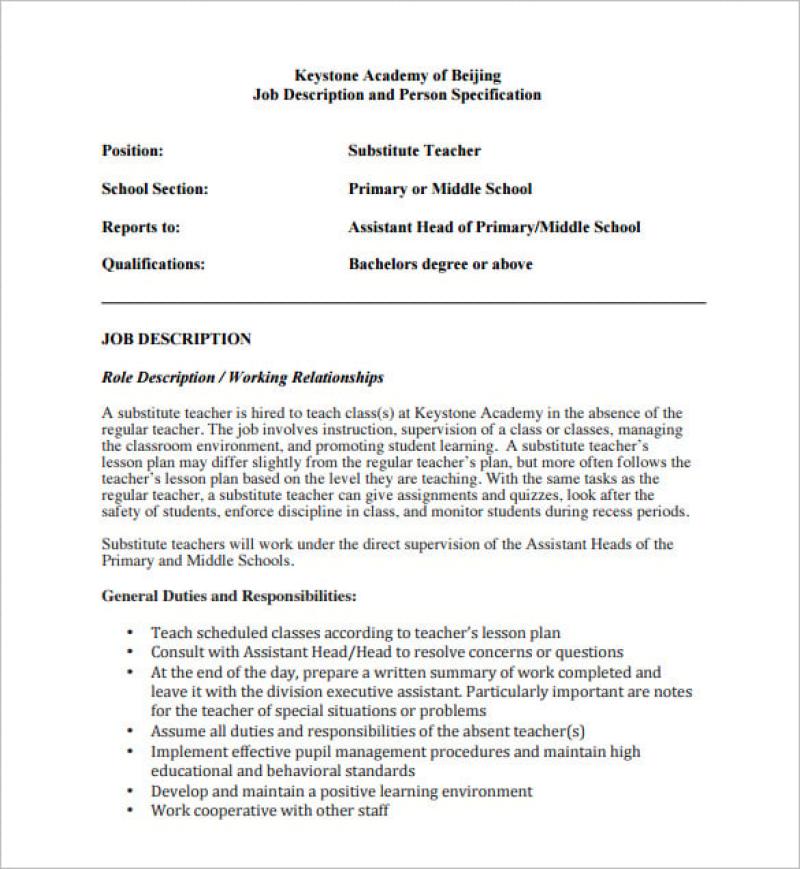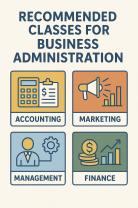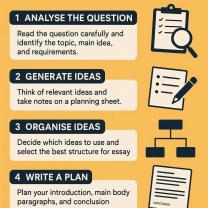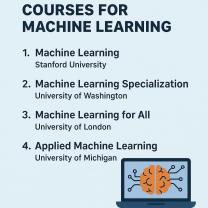What are the duties of a substitute teacher?
The duties of a substitute teacher can vary based on the grade level, subject, and school policies. However, there are common responsibilities that substitute teachers typically perform. Here is an overview of the duties of a substitute teacher:
Classroom Management:
- Maintain a positive and orderly classroom environment.
- Enforce school and classroom rules.
- Manage student behavior and address any disruptions.
Follow Lesson Plans:
- Implement lesson plans provided by the regular classroom teacher.
- Deliver instructional content and facilitate learning activities.
Attendance and Record Keeping:
- Take attendance and report it according to school procedures.
- Record any significant events or issues that occurred during the day.
Communication:
- Communicate with school administrators, staff, and other teachers.
- Provide feedback to the regular teacher about the day's activities.
Flexibility:
- Be adaptable and flexible in addressing different teaching styles and instructional materials.
- Adjust to unexpected changes or challenges that may arise during the day.
Emergency Procedures:
- Be aware of and follow the school's emergency procedures.
- Ensure the safety and well-being of students during emergencies.
Subject Knowledge:
- Have a general understanding of the subjects being taught and be able to provide support to students.
Professionalism:
- Dress and behave professionally.
- Represent the school in a positive manner.
Building Positive Relationships:
- Foster positive relationships with students.
- Collaborate with other teachers and school staff.
Substitute for Various Subjects:
- Depending on the substitute's qualifications, they may be asked to teach various subjects and grade levels.
Special Education Support:
- Provide support to students with special needs, following any provided accommodations or modifications.
Leave Detailed Feedback:
- Leave detailed notes or feedback for the regular teacher about what was covered, any challenges, and notable student behavior.
Follow School Policies:
- Adhere to school policies and procedures.
- Report any concerns or issues to the appropriate school personnel.
Engage Students:
- Facilitate student engagement and participation in the learning process.
- Encourage a positive and respectful classroom atmosphere.
Technology Integration:
- Use classroom technology, if available, for instructional purposes.
It's important for substitute teachers to be adaptable, have good communication skills, and be capable of managing a diverse classroom environment. The ability to follow lesson plans, build rapport with students, and maintain a positive learning environment are key aspects of the substitute teacher role. Additionally, leaving detailed feedback for the regular teacher helps ensure a smooth transition when they return to the classroom.
What are the primary responsibilities or tasks of a substitute teacher?
The primary responsibilities of a substitute teacher vary depending on the grade level, subject matter, and specific school policies, but generally fall into these key areas:
Instructional Duties:
- Delivering pre-planned lessons: Substitute teachers often follow the existing lesson plans of the absent teacher, ensuring continuity in the curriculum. This may involve presenting information, leading discussions, and facilitating activities as outlined in the plan.
- Adapting to different learning styles: Effective substitutes can adjust their teaching strategies to cater to diverse learners and ensure all students understand the material.
- Assessing student learning: Substitute teachers may conduct quizzes, collect assignments, and provide feedback to students based on the established criteria.
Classroom Management:
- Maintaining order and discipline: Substitute teachers need to establish clear classroom expectations and manage student behavior effectively to create a productive learning environment.
- Providing individual attention: While juggling whole-class instruction, substitutes should also be available to answer questions, address individual needs, and offer support to students.
- Encouraging positive relationships: Building rapport with students and fostering a positive classroom atmosphere can help ensure a smooth and productive learning experience for everyone.
Administrative Tasks:
- Taking attendance: Recording student attendance is crucial for school records and ensuring student safety.
- Communicating with parents/guardians: Substitute teachers may need to inform parents about their child's academic progress or any incidents that occur during their absence.
- Completing paperwork: Filling out reports, grading assignments, and documenting key events may be required depending on the school's procedures.
Additionally, substitute teachers may be involved in:
- Supervising students during lunch, recess, or other breaks.
- Assisting with extracurricular activities or school events.
- Adapting lessons or activities based on unforeseen circumstances.
Overall, substitute teachers play a crucial role in maintaining continuity and providing quality education even when the regular teacher is absent. They require adaptability, strong communication skills, and the ability to manage diverse student needs in a short period.
I hope this clarifies the primary responsibilities and tasks of a substitute teacher. If you have any further questions about specific aspects of their role, feel free to ask!











